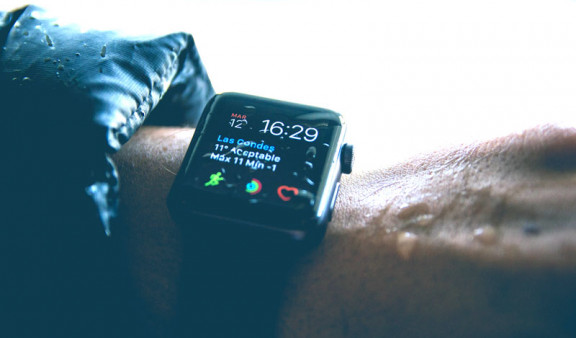
How can technology tackle public health issues?
Technology is firmly focused on improving public health. As demonstrated by recent events, health is a major issue, both collectively and individually. This health crisis and quarantine situation have offered us an opportunity to re-examine the importance of our relationship to our health.
Peak connected health
The importance of our relationship to health was highlighted at the start of 2020 at the CES in Las Vegas. One stand-out trend emerged: the increasing emphasis on health and wellness, with a special focus on health monitoring. 5G promises high mobile network speeds, the growing role of Big Data makes analysing large volumes of data easier, and advances in both AI and machine learning are being made all the time. With these new advances, technology is proving to be a powerful tool to tackle public health issues.
Technology is more essential than ever for public health
Let’s take the example of the big story of 2020: the COVID-19 crisis. How can technology help to tackle an epidemic or pandemic? The simple possibility and ability to work remotely plays a key role in limiting interactions and, as a result, slowing the spread of the virus. But before quarantine measures were taken, we witnessed healthcare systems being taken by storm.
Many rushed to their GP or A&E with even the slightest symptoms, potentially accelerating the spread of the virus. To curb this behaviour, one of the French government’s recommendations was for people to call their GP or the emergency number (15) before going anywhere, and for people with symptoms to self-monitor their temperature and any changes to their symptoms.
Against a backdrop in which regulations have been reworked to promote telemedicine and pave the way for innovation, a range of solutions already exist to reduce healthcare system saturation and slow the spread of the virus. Other than calling their GP, which anyone can do, alternative solutions are accessible via the internet or apps, which doctors can use for teleconsultation and remote treatment of patients.
A few real-life examples
In addition to remote consultation, other far more advanced solutions, including real-time monitoring and improved interpretation of results, were on show at the CES. One of them, Medwand, allows doctors to perform an in-depth examination of their patients remotely.
This IoT-based solution features a wide range of connected accessories, including thermometers and stethoscopes, as well as a camera to examine patients’ throats, ears, and skin. Other devices also exist to remotely monitor patients suffering from specific medical conditions such as diabetes, including sensors to continuously measure patients’ blood sugar. These solutions are becoming increasingly widespread with the everyday use of smart watches featuring ever more technologies.
The Apple Watch can already produce electrocardiograms and sometimes even detect heart conditions. And the French firm Withings can spot both atrial fibrillation and sleep apnea with its new watch ScanWatch. And we can all download apps to our smartphones, ranging from basic natively-integrated pedometers to physiological (menstruation, sleep), nutritional (hydration, food nutrition score), and physical activity (tracking, coaching) monitoring apps. The only downside so far is the issue of secure collection and use of our health data…
Despite the GDPR regulating the management of our data by European businesses, are we willing to hand over our information to the businesses hiding behind all these apps? Because according to the renowned scientific journal Nature (Banks, M.A. Sizing up big data. Nat Med 26, 5–6 (2020)), the volume of health data produced worldwide will hit 2.314 exabytes in 2020, i.e. 15 times more than 7 years ago.
Between collective public health issues and the individual importance of staying healthy, an innovative ecosystem is continuing to spring up in the healthcare field. Both start-ups and industry leaders are developing more and more new technological solutions to tackle these issues, and are investing increasingly heavily. On your wrist? In your pocket? Health has never been so accessible!